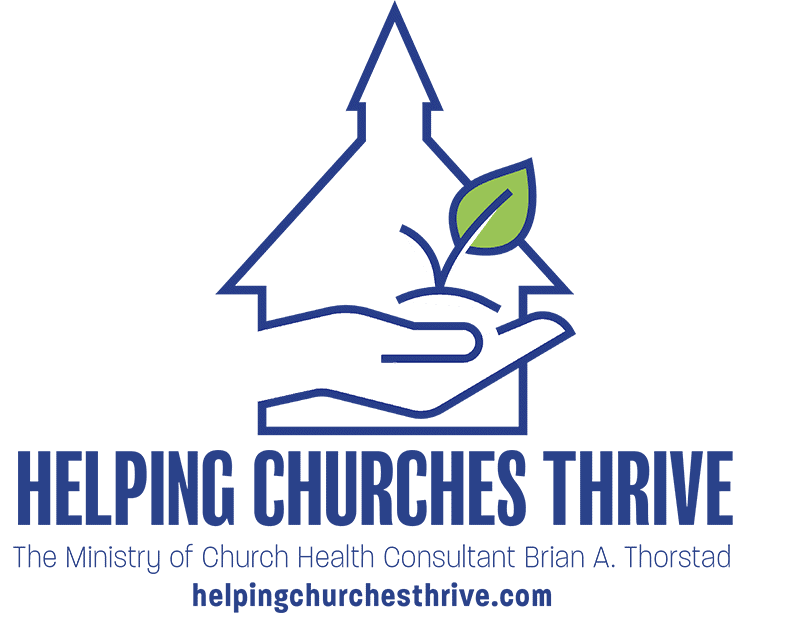These same patterns, roles and habits also surface in churches and other organizations. I’ve written briefly about the following church-family-system dysfunctions:
The unofficial head of the family – The real leader of your church might not be the official leader.
Triangles – Triangles exist where a third person is brought into a situation in such a way as to limit personal responsibility or enhance one’s personal position. Jesus said that your first conversation about the problem should be “just between the two of you.”
The identified patient – This is the family (or church) member whom the family views as being the sick one. Sometimes the sick one is the only healthy one. Woe be unto the pastor who has been labeled as the latest identified patient: “If we get rid of the pastor we’ll be fine!”
The perennial victim – The perennial victim is – in her own mind – constantly being persecuted by mean-spirited persons, who are often the church’s leaders.
Here are four more family system dysfunctions:
Alliances – Alliances involve two or more individuals, often representing ministries or interests within the church, joining forces to compel others to give them what they want.
The threats posed by those who do this are not usually spoken aloud – they would sound too awful: “If the Petersons aren’t placated by the leaders and leave the church, we’ll leave too.” “If the Sunday School is changed and my friend Stan is mad, I’m going to be mad too.”
Homeostasis – Homeostasis is the force within a system that causes it to resist change. It fights for stability, sameness and balance, even in the face of good, purposeful change. This “organizational inertia” makes every change a challenge.
Moreover, if a “player” in the system, such as an identified patient, a victim or an unofficial head of the family should leave or change, the system’s tendency is to replace that individual as quickly as possible and return the system to normalcy. This means that sometimes the replacement of a problematic volunteer or leader doesn’t change anything. The new individual simply steps into the old dysfunctional “shoes” of the previous wearer.
Most dramatically, when the stand-in is the next pastor, dutifully taking his place in a long line of ineffective leaders, his fate is nearly sealed before he begins.
Enmeshment – Enmeshment is like the wonderful picture of I Corinthians twelve taken to an extreme which the Apostle Paul never intended. “If one part suffers, every part suffers with it” (I Corinthians 12:26a).
Enmeshed church body members don’t stop at “weeping with those who weep.” Their misguided sense of compassion causes them to weep as long and hard as the original mourner, preventing them from being able to “rejoice with those who rejoice.” This has also been referred to as being “addicted to drama.” The smaller the church, the more likely it is to be addicted to drama.
Co-dependency – Co-dependency is simply needing to be needed, by a person, an institution or even an object (like a house). The co-dependent church leader says, “I hate running the nursery, but it won’t survive without me.” The co-dependent pastor says, “I can’t take a day off, who else will care for these people?”
All churches are subject to these family system dysfunctions but by the grace of God, no church needs to be dominated or destroyed by them.

